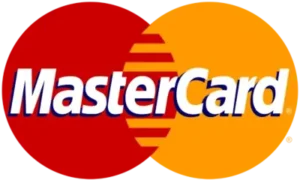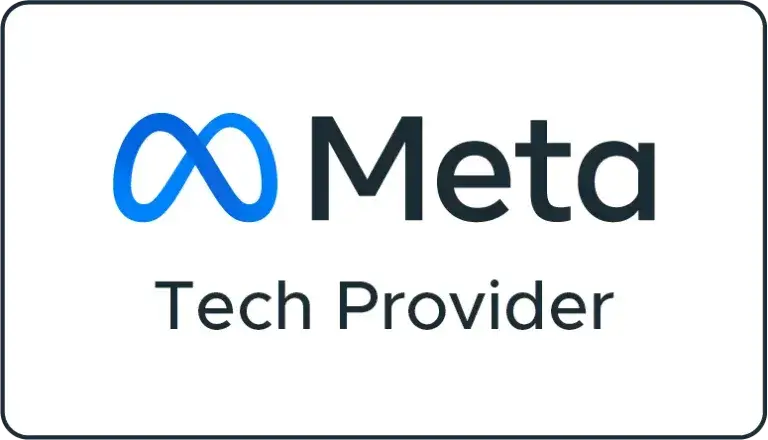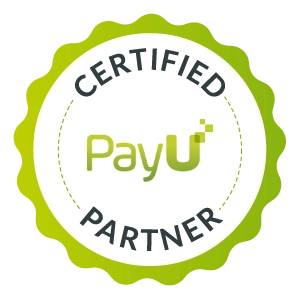
In today’s crowded and competitive marketplace, standing out is essential for business success. Whether you’re a small business or a growing enterprise, building brand awareness is a foundational step in gaining trust, increasing visibility, and driving growth. In this blog, we will explore how to build brand awareness using digital marketing, discussing proven strategies and tools that can help you carve a space in your industry and connect with your ideal audience.
What Is Brand Awareness and Why Does It Matter?
Brand awareness refers to how familiar your target audience is with your brand and how well they recognize it. High brand awareness means consumers can easily recall your brand, associate it with a specific niche, and are more likely to choose it over competitors.
Why it matters:
- Trust and Credibility: Familiar brands are perceived as more trustworthy.
- Customer Loyalty: Consistent brand exposure leads to repeat customers.
- Market Influence: Strong brands influence buying decisions.
- Higher ROI: Effective brand awareness improves ad efficiency and reduces acquisition costs.
How to Build Brand Awareness Using Digital Marketing
Let’s dive into how to build brand awareness using digital marketing with strategies tailored for every stage of your marketing funnel.
1. Content Marketing: Share Valuable Information
Content marketing is a key pillar in building brand awareness. By creating high-quality, valuable content, businesses can attract, inform, and engage their audience.
Strategies:
- Start a Blog: Publish articles that address customer pain points, trends, and FAQs.
- Create Guides and Whitepapers: In-depth resources help establish thought leadership.
- Video Marketing: Videos are engaging and easily shareable across platforms.
- Infographics: Visually simplify complex topics for wider appeal.
Content should always align with your brand voice, values, and audience needs.
2. Leverage SEO to Increase Visibility
Search Engine Optimization (SEO) ensures your content appears in front of users searching for relevant topics.
Key SEO Tips:
- Use Relevant Keywords: Include terms your audience is searching for.
- Optimize Meta Tags: Use your keyword, like how to build brand awareness using digital marketing, in titles and descriptions.
- Create High-Quality Backlinks: Get featured on reputable sites.
- Local SEO: Optimize Google Business Profile for local reach.
SEO helps you rank higher in search engine results, attracting organic traffic and reinforcing your brand presence.
3. Social Media Marketing: Be Where Your Audience Is
Social media platforms are powerful tools for amplifying your message and connecting with your target audience.
Strategies:
- Consistent Posting: Share updates, promotions, stories, and behind-the-scenes content.
- Engagement: Respond to comments, messages, and mentions.
- Influencer Collaborations: Partner with micro-influencers to extend reach.
- Hashtag Campaigns: Use brand-specific and trending hashtags.
- User-Generated Content (UGC): Encourage customers to share their experiences.
A strong social media presence builds recognition and keeps your brand top-of-mind.
4. Paid Advertising for Quick Exposure
Paid ads are a fast way to get your brand in front of new audiences. Platforms like Google Ads, Facebook, Instagram, and LinkedIn allow precise targeting.
Ad Types:
- Display Ads: Great for visual impact.
- Search Ads: Appear at the top of search results.
- Social Ads: Promote posts, stories, and offers.
- Video Ads: Short, engaging videos on YouTube or Instagram.
Combine ads with remarketing to stay in touch with people who have visited your site.
5. Email Marketing: Build Direct Relationships
Email marketing isn’t just for conversions; it’s also a branding tool. Regular, valuable emails keep your brand in your audience’s inbox and mind.
Tactics:
- Welcome Emails: Start new relationships off right.
- Newsletters: Share updates, blogs, tips, and offers.
- Drip Campaigns: Send educational content in a series.
Make sure your email design and tone align with your overall branding.
6. Collaborations and Guest Posting
Working with other businesses or individuals in your niche can increase credibility and broaden your reach.
Ideas:
- Write guest blogs on industry sites.
- Invite industry experts for webinars or interviews.
- Join online communities and contribute actively.
Every new collaboration exposes your brand to a fresh audience.
7. Use Analytics to Refine Your Brand Strategy
Digital marketing allows real-time tracking of campaign performance. Use this data to understand what works and improve over time.
Metrics to Watch:
- Traffic Sources
- Engagement Rates
- Ad Impressions & Clicks
- Email Open & Click Rates
- Conversion Paths
Regular analysis ensures your brand-building efforts are always improving.
8. Optimize Your Website for Branding
Your website is your digital storefront. It should clearly convey who you are, what you do, and why visitors should care.
Checklist:
- Clear Messaging and Taglines
- Branded Colors and Logos
- Mobile-Friendly Design
- Easy Navigation
- Calls-to-Action (CTAs)
Make your brand message immediately obvious to new visitors.
9. Encourage Online Reviews and Testimonials
Positive reviews build trust and contribute to brand reputation.
How to Get More Reviews:
- Ask Satisfied Customers
- Provide a Review Link
- Respond to All Reviews
- Showcase Testimonials on Website and Social Media
Happy customers are your best brand ambassadors.
10. Build a Community Around Your Brand
Communities foster engagement and loyalty. Create spaces where your audience can interact with your brand and each other.
Ideas:
- Facebook Groups
- Reddit Threads
- Slack or Discord Channels
- Live Q&A Sessions
Creating a brand community increases emotional investment and boosts awareness through word of mouth.
Real-World Example
Case Study: Local Bakery Using Digital Marketing to Build Awareness
A small-town bakery used Instagram to share behind-the-scenes photos, ran a Google Ads campaign targeting local keywords, and started a monthly newsletter. Within 6 months, they doubled foot traffic and had over 1,000 email subscribers. By focusing on how to build brand awareness using digital marketing, they grew their customer base significantly with a modest budget.
Conclusion
Learning how to build brand awareness using digital marketing is one of the most powerful tools in your business arsenal. From SEO and content creation to social media and paid ads, each strategy plays a vital role in shaping how your audience sees and remembers your brand.
In a digital age where first impressions are often online, businesses that invest in branding through digital marketing gain a competitive edge, higher customer retention, and more robust growth over time.
Start with one or two strategies, track your progress, and build from there. Consistency, creativity, and customer-centric thinking are key to long-term brand awareness and success.













